Description
Chapultepec Castle (Spanish: Castillo de Chapultepec) is located on top of Chapultepec Hill in Mexico City’s Chapultepec park.
The name Chapultepec is the Nahuatl word chapoltepēc which means « on the hill of the grasshopper ».
It is located at the entrance to Chapultepec park, at a height of 2,325 metres (7,628 ft) above sea level.
The site of the hill was a sacred place for Aztecs, and the buildings atop it have served several purposes during its history, including serving as a military academy, imperial residence, presidential residence, observatory, and since February 1939, the National Museum of HistoryChapultepec Castle, along with Iturbide Palace, also in Mexico City, are the only royal palaces in North America which were inhabited by monarchs.
It was built during the Viceroyalty of New Spain as a summer house for the highest colonial administrator, the viceroy.
It was given various uses, from a gunpowder warehouse to a military academy in 1841.
It was remodeled and added to and became the official residence of Emperor Maximilian I of Mexico and his consort Empress Carlota during the Second Mexican Empire (1864–67). In 1882, President Manuel González declared it the official residence of the president.
With few exceptions, all succeeding presidents lived there until 1934, when President Lázaro Cárdenas stayed at Los Pinos instead, turning the castle into a museum in 1939.


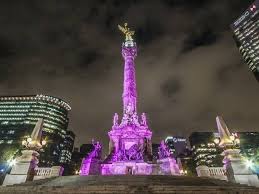
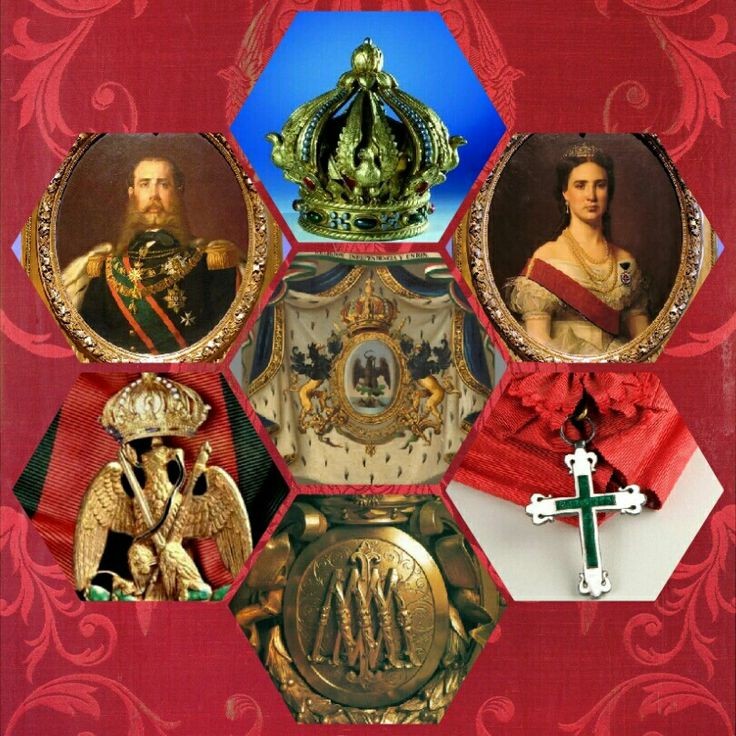
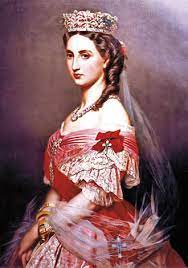
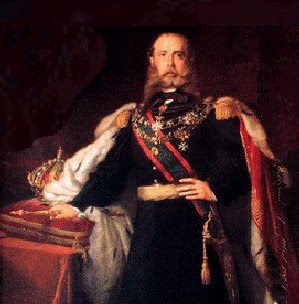
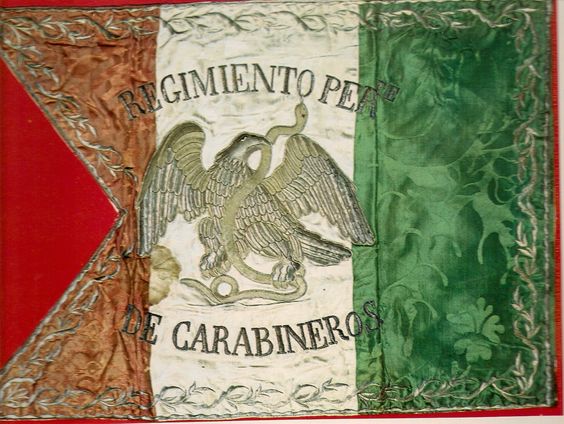
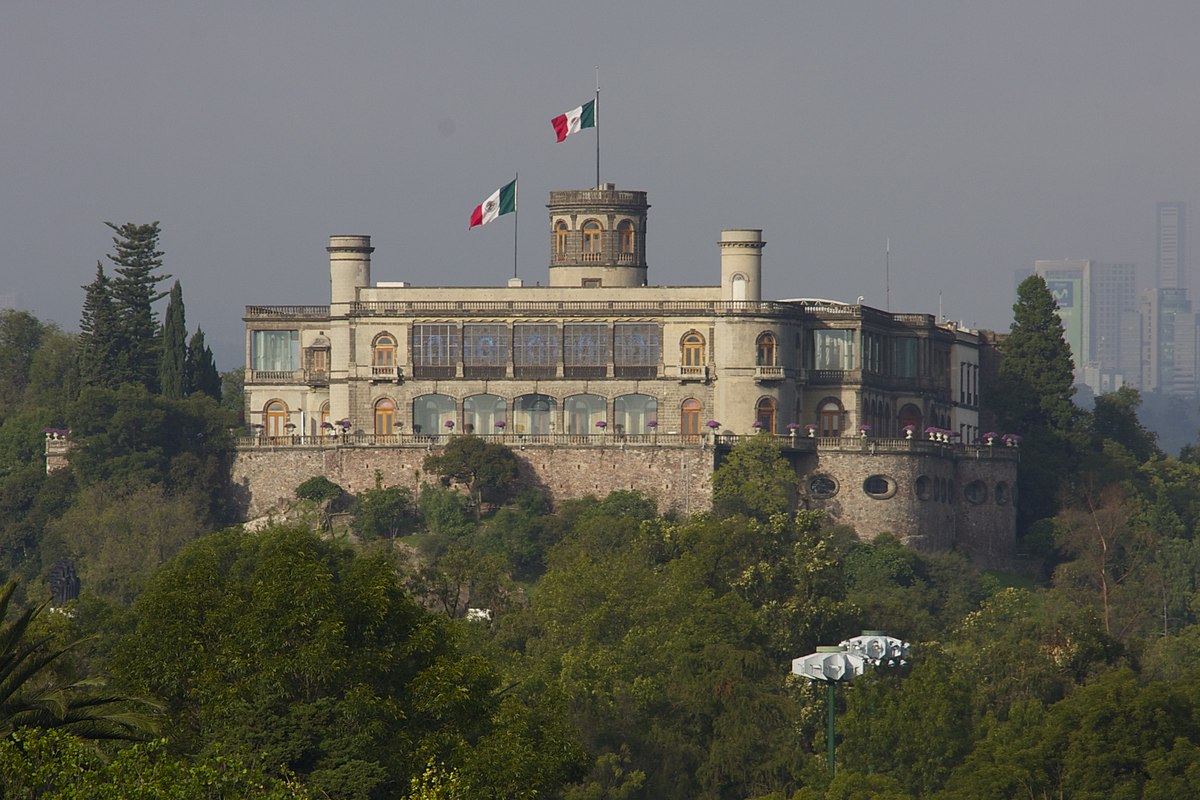

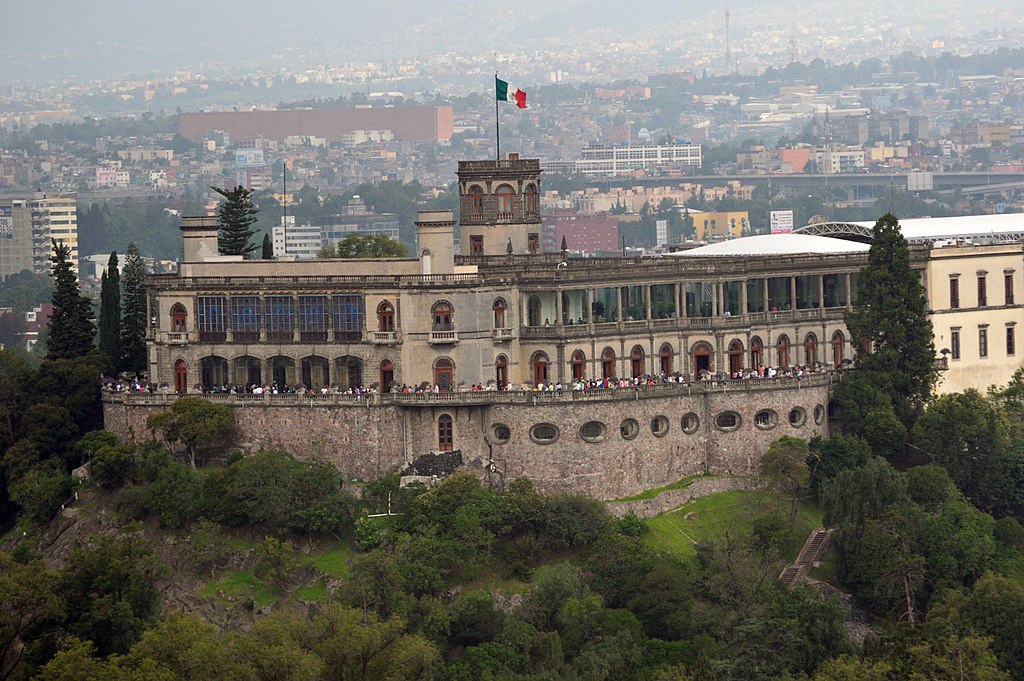
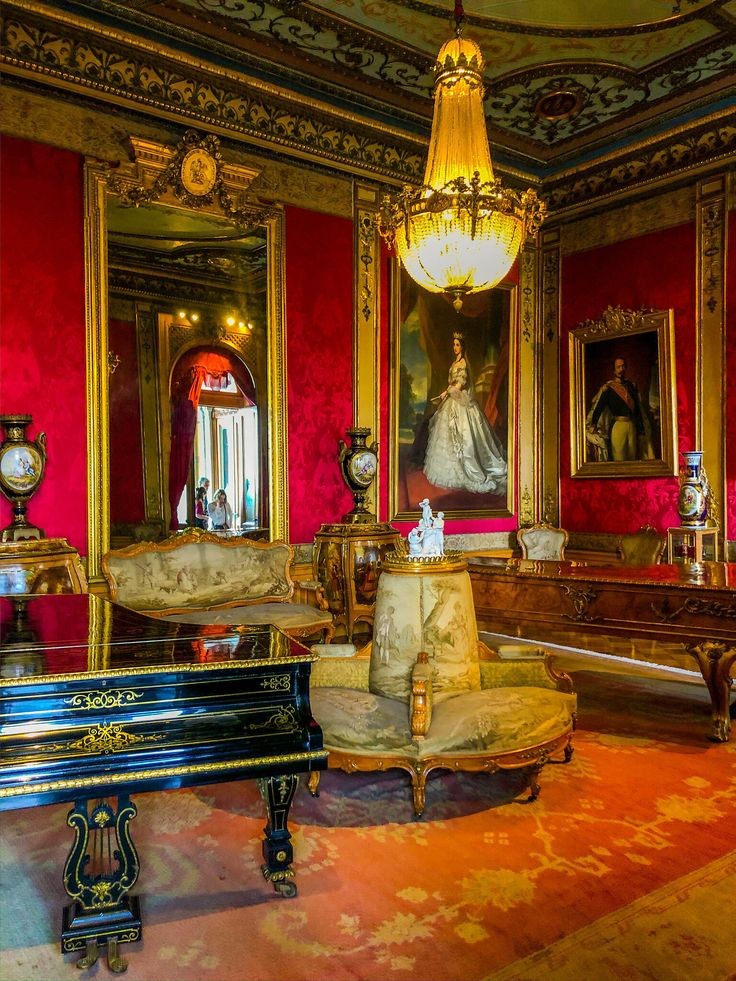



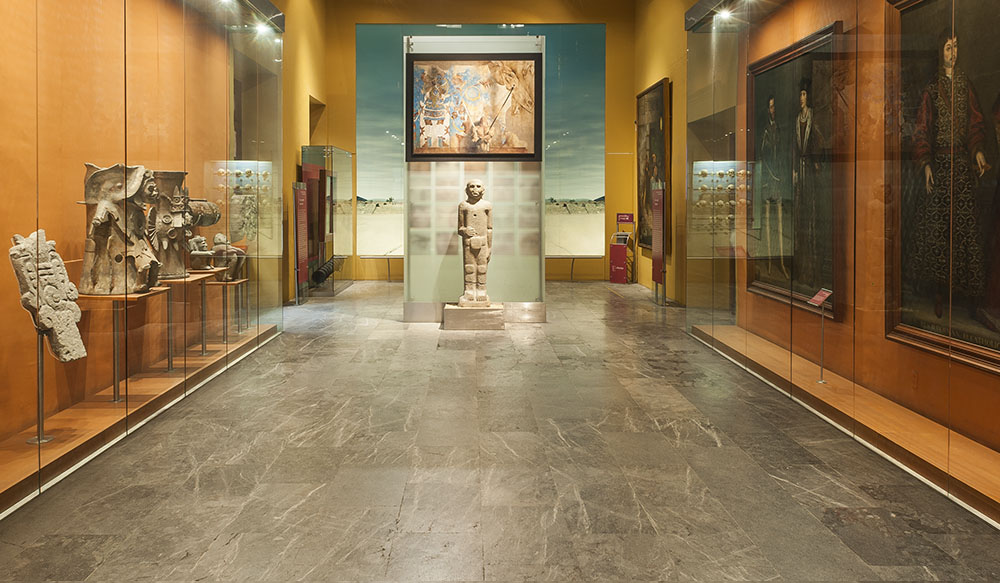
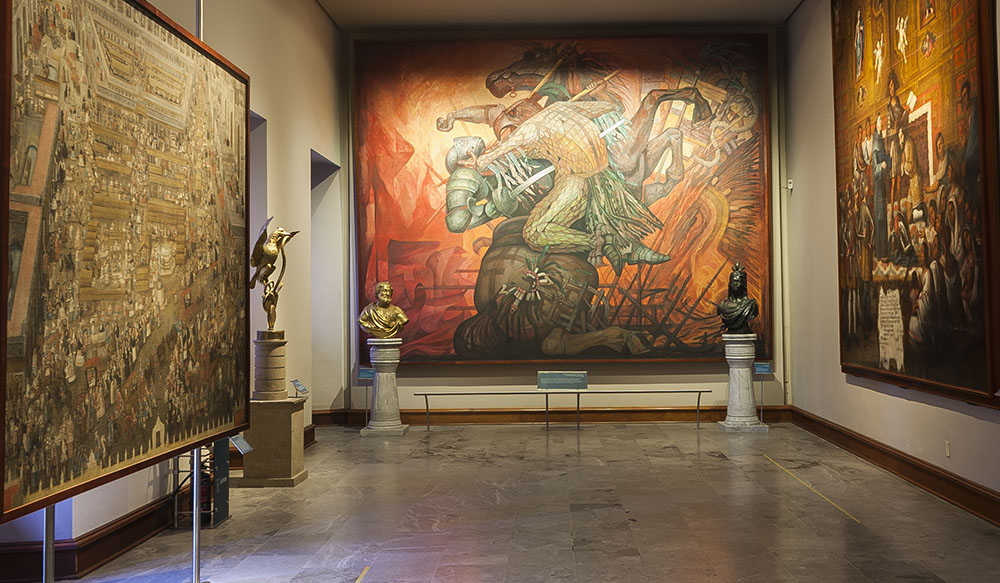
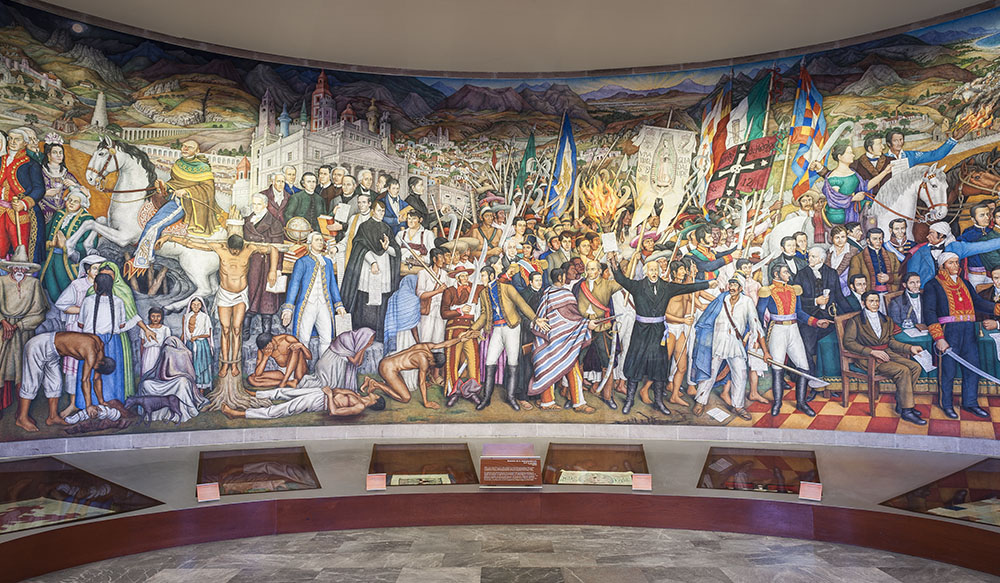
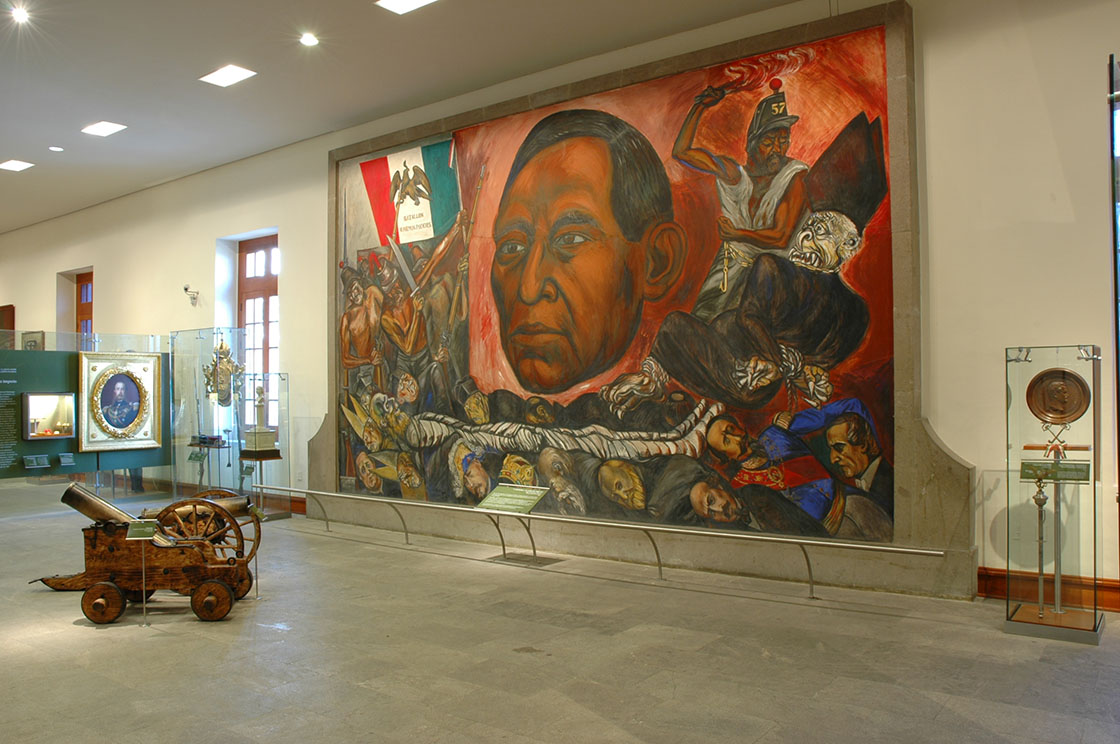
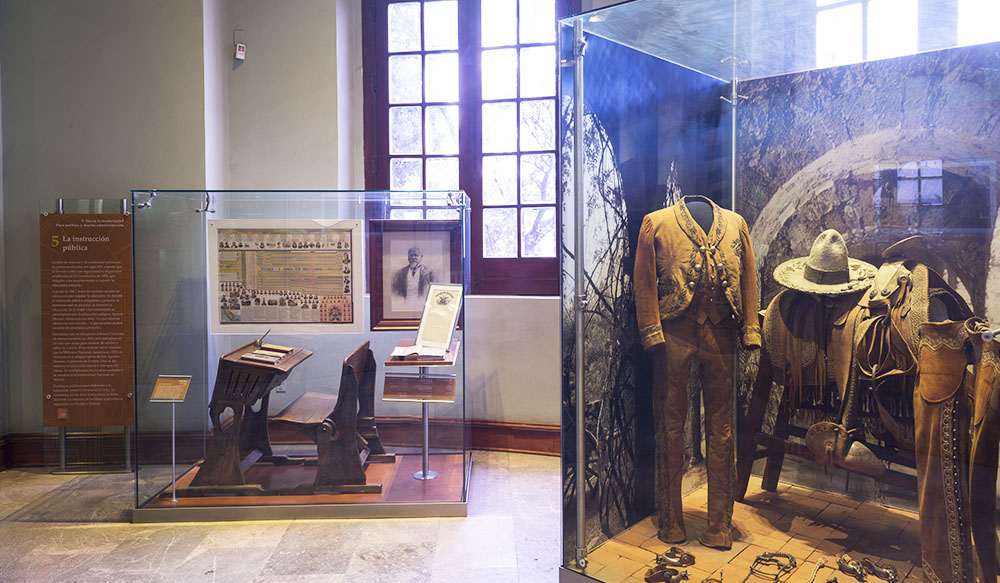
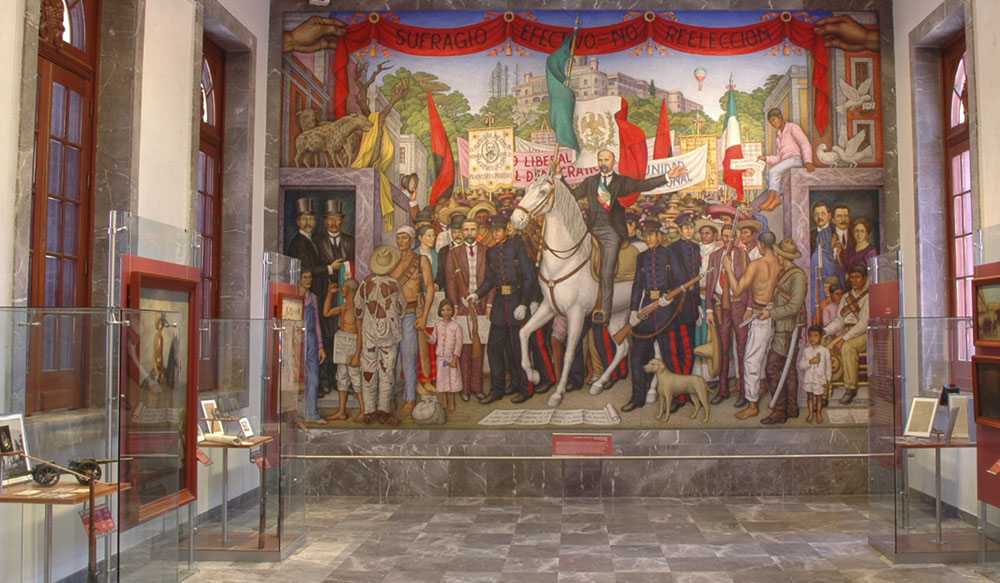
Avis
Il n’y a pas encore d’avis.